Natural Horsemanship is a horse training technique that focuses on understanding the horse’s instincts, mannerisms, and communication techniques. It seeks to establish a partnership founded on mutual trust and respect, rather than domination and fear. A horse training theory known as “Natural Horsemanship” places a strong emphasis on comprehending and utilizing the horse’s innate instincts and behaviors. It uses empathy, nonviolence, and open communication to create a partnership built on respect and trust for one another. Pat Parelli, Buck Brannaman, and Monty Roberts are important players in this movement; they have each created distinctive methods for putting these ideas into practice.
Philosophy
Focuses on working with the horse’s natural tendencies to foster a cooperative partnership in which the horse freely participates in the training process. Empathy, nonviolence, and the utilization of natural clues and tools are all key elements.
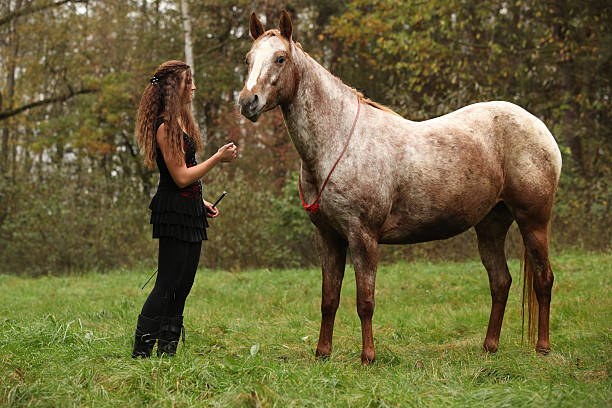
History & Evolution
Origins: The idea of working with horses more naturally and compassionately stretches back centuries, but it acquired substantial traction in the twentieth century.
The movement expanded as riders shared their skills through clinics, books, and films, therefore disseminating Natural Horsemanship concepts across the world.
Natural Horsemanship Books
Natural horsemanship books are an excellent resource for experienced equestrians as also those who are new to horsemanship. They explore the theory and practices to build strong bonds and effective communication between the horse and the rider. They highlight how important it is to comprehend the horse’s instincts and behaviors and encourage a relationship based on respect, trust, and unambiguous communication.
Horsemanship books that are natural prepare steps-by-step instructions as well as training exercises and interesting anecdotes that give readers a thorough knowledge of how to build an enjoyable relationship with their horse. If you’re interested in the basics of groundwork, liberty training or advanced techniques for riding the books bring an abundance of information that will benefit to become a knowledgeable and understanding horseman or horsewoman.
The principles of natural horsemanship
- Horses have a complicated social system. Understanding herd dynamics allows trainers to emulate natural interactions.
- Horses are prey animals that use flight as their primary protection mechanism. Recognizing their innate responses is critical to effective training.
- Horses communicate mostly by body language. Trainers learn how to interpret and respond to small clues in order to initiate a discourse.
Building Trust and Respect
Foundation of Trust: Creating a connection in which the horse feels safe and secure. This requires continuous, good relationships.
Mutual Respect: Setting limits and educating the horse to respect the trainer’s space while also acknowledging the animal’s desire for autonomy and comfort.
Consistency: The trainer’s dependable, consistent approach allows the horse to grasp expectations and feel more safe.
Communication via Body Language
Mirroring Herd Behavior: Using body alignment, gestures, and motions similar to those used by wild horses to communicate.
Pressure and Release: Using gentle pressure (physical or psychological) to stimulate desired behavior and instantly releasing it when the horse reacts appropriately, thereby reinforcing the behavior.
Signs and Cues: Creating a set of signs that the horse can comprehend, such as precise hand movements, verbal orders, or touch.
The Significance Of Patience & consistency
Patience: Recognizing that each horse learns at its own rate and takes time to comprehend and trust. Keeping a calm, tolerant temperament and avoiding impatience.
Consistency refers to maintaining uniformity in training techniques and reactions. Consistency allows horses to learn faster and eliminates misunderstanding.
Pros And Cons Of Natural Horsemanship
Pros
- Better Relationship: Fosters a solid, dependable relationship between the trainer and the horse.
- Horse psychology: Expands knowledge of equine instincts and behavior.
- Safety: Lowers the possibility of mishaps and misunderstandings when receiving instruction.
- Encourages a horse to be more cooperative and agreeable.
- Versatility: Suitable for all riding and equestrian disciplines.
- Nonviolent: Creates a good training atmosphere by focusing on empathy and nonviolence.
- Personal Growth: Promotes self-awareness, constancy, and patience in trainers.
Cons
- Time-consuming: Takes a lot of patience and time to see results.
- Learning Curve: For people who are unfamiliar with the concepts and methods, this can be difficult.
- Error: Possibility of incorrectly implementing methods, resulting in inefficient instruction.
- Skepticism: Some conventional trainers could have doubts about its efficacy.
- Resources: In certain places, there may not be as much access to thorough resources and certified trainers.
- Not a Universal Fit: It might not fit the style of every trainer or horse.
Natural Horsemanship Skills for Beginners
- Knowing the Fundamentals: Newcomers should begin by studying the behavior of horses, including herd dynamics, body language, and innate tendencies.
- Building Trust: To create a relationship based on mutual respect and trust, begin with basic introductory activities. These consist of fundamental desensitization activities, leading, and following.
- Consistency: It’s essential to communicate clearly and respond consistently. Horses pick up on cues from their trainer most effectively when they know what is expected of them.
- Locating a Mentor: Engaging with a seasoned trainer can offer insightful direction and assist novices in avoiding typical mistakes. Seek out instructors who prioritize understanding, patience, and effective communication
Difference Between Traditional Methods and Natural Horsemanship
Natural Horsemanship
- Focus: Establishes a cooperative collaboration by leveraging the horse’s innate instincts and actions.
- Techniques: Focuses on nonviolence, body language, and foundation.
- Objective: Forming a cooperative relationship founded on mutual regard and trust, instead of dominance.
Traditional Method
- Focus: Frequently employs training methods that are more discipline-specific and regimented.
- Techniques: May include the use of mechanical or more aggressive tools, like spurs or sharp bits.
- Objective: Reaching predetermined performance targets, occasionally with less attention to the mental health of the equine.
Awareness of Natural Horsemanship
Education: To learn more about the concepts and methods of natural horsemanship, go to clinics, study books, and watch videos.
Community: Get in touch with other practitioners, exchange experiences, and find support by joining regional or virtual organizations.
Advocacy: Create a positive perception of natural horsemanship and show the equestrian community the advantages of this kind of horsemanship.
Natural Horsemanship Equipment
- Halters: These are usually pressure-applying rope halters that improve communication without being unduly confining.
- Lead ropes: longer and composed of pliable, sturdy material, which improves control and communication during excavation.
- Training sticks: Reach farther and give the horse calm, unambiguous cues.
- Flags: Help the horse get acclimated to a variety of stimuli by using them for desensitization and distant signaling.
- Saddles: Usually made for the horse’s comfort and closer contact, these saddles facilitate improved communication between the rider and the horse.
- Bridles: To promote a more delicate style of communication, they can include softer or bitless choices.
Natural Horsemanship Exercises
Join-Up Method:
Developed by Monty Roberts, this technique involves encouraging the horse to join the trainer in a round pen. The horse is then allowed to move freely until it displays signs of willingness to join the trainer, such as lowering its head, licking and chewing, and turning an ear towards the trainer.
Techniques for Riding
Softness and Lightness: Promoting the horse’s responsive, soft movements with the least amount of inputs from the rider.
Utilizing Natural Aids: Instead of utilizing mechanical aids like spurs or hard bits, a rider can communicate with their horse by using their body posture, weight, legs, and hands.
Exercises for Groundwork
Leading: Teaching the horse to walk at the trainer’s side while keeping a polite distance, responding to the trainer’s actions and cues, and neither going ahead nor behind.
Following: Fostering trust and attentiveness in the horse by encouraging it to follow the trainer’s moves without the need of a lead line. This activity strengthens the horse-trainer bond and increases the horse’s focus on the trainer.
De-sensitization
An Overview of Stimuli Expose the horse progressively to things and circumstances that could frighten or terrify him, such plastic bags, umbrellas, or loud noises. Reducing the horse’s fear response and fostering confidence are the objectives.
Method: As the horse gets more at ease, gradually increase the intensity of the lightest stimulation from a distance.
Liberty Education
Working Without Tack: To strengthen the relationship and improve communication, train the horse without the use of saddles, halters, or ropes.
Exercises using a connection-focused approach that highlight the horse’s willing participation and awareness of the trainer’s signals and body language. Through this training, the horse may indicate its willingness to cooperate and trust is developed.
Techniques for Riding
Lightness and Softness
The aim is to establish a connection between the rider and the horse that is light and responsive, requiring few cues to steer the animal.
Techniques: Rewarding the horse for soft, willing answers and providing gentle, constant assistance. emphasizing harmony, balance, and relaxation between the rider and the horse.
Flags and Training Sticks
- Training sticks: Instruments for extending the reach of the instructor and giving precise, kind cues. They are frequently employed to control the horse’s movement during foundation activities.
- Flags: Sensitization and distant signaling tools for horses, made of lightweight materials affixed to a stick.
- Saddles and Bridles: Traditional vs. Natural
- Natural Bridles: Usually more straightforward, they’re made to encourage a softer, more responsive bond. They might make use of softer or bitless choices.
- Natural Saddles: Usually with a closer contact feel, these saddles are made for the horse’s comfort and flexibility of movement. The comfort and natural gait of the horse are given first priority.
- Conventional Bridles and Saddles: May employ stiffer materials and structural components that can impede mobility or exert greater force.
FAQS
What is Natural Horsemanship?
The training method known as “Natural Horsemanship” places a strong emphasis on the trainer-horse relationship, communication, and mutual respect. Instead of employing force or domination, it focuses on comprehending and collaborating with the horse’s innate instincts and behaviors. Empathy, perseverance, constancy, and using body language to communicate with the horse are important concepts.
What is Natural Horsemanship Training?
Training in Natural Horsemanship uses methods and approaches that are in line with the psychology and behavior of the horse.
Typical training consists of:
- Groundwork: Hands-on activities that build rapport, communication, and mutual respect.
- Join-Up: A training technique in which the horse is conditioned to follow and form a link with the trainer voluntarily.
- Liberty training improves the horse’s responsiveness and connection by working with it without any gear or restraints.
- Riding Methods: putting a focus on lightness and responsiveness and interacting with the horse by natural means (body posture, weight, legs, and hands).
How Does Natural Horsemanship Tie a Halter?
In Natural Horsemanship, tying a halter correctly is essential for both safety and efficient communication. Here’s a detailed how-to:
- Position the Halter: Make sure the halter is comfortably positioned over the horse’s nose.
- Make sure the halter fits comfortably, without being too tight. The distance between the horse’s skin and the halter should be large enough to accommodate a few fingers.
- After pulling the rope’s end through the loop and over the top of the halter, lower it back down.
- Holding the loop in place, pull the rope’s end to tighten the knot.
Does Natural Horsemanship Good or not?
- Positive Relationship: It creates a solid link based on mutual respect and trust, which results in a more peaceful collaboration.
- Enhanced Performance: Natural Horsemanship techniques have been shown to make horses more docile, cooperative, and receptive.
- Gaining a greater grasp of horse psychology can help trainers and riders develop more effective and compassionate training techniques.
- Safety: By placing a strong emphasis on respect and communication, training sessions are less likely to result in mishaps or misunderstandings, which keeps both the horse and the trainer safe.
Conclusion
The sensitive and successful horse training method known as “Natural Horsemanship” places a strong emphasis on recognizing and utilizing the horse’s innate instincts and actions. Strengthening the relationship between horse and trainer via mutual respect, trust, and open communication has several advantages, including as increased performance, a closer bond between the two, and a safer, more pleasurable training environment. The method eventually results in a more responsive and harmonious connection, even though it takes time and persistence. This shows that empathy and nonviolence can have a significant impact on equestrian training.






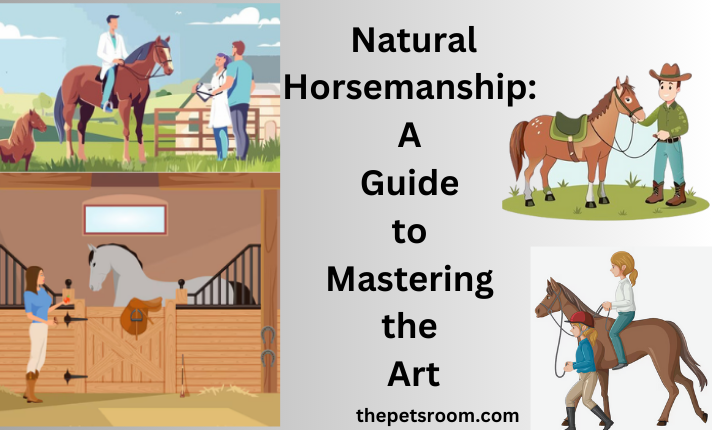


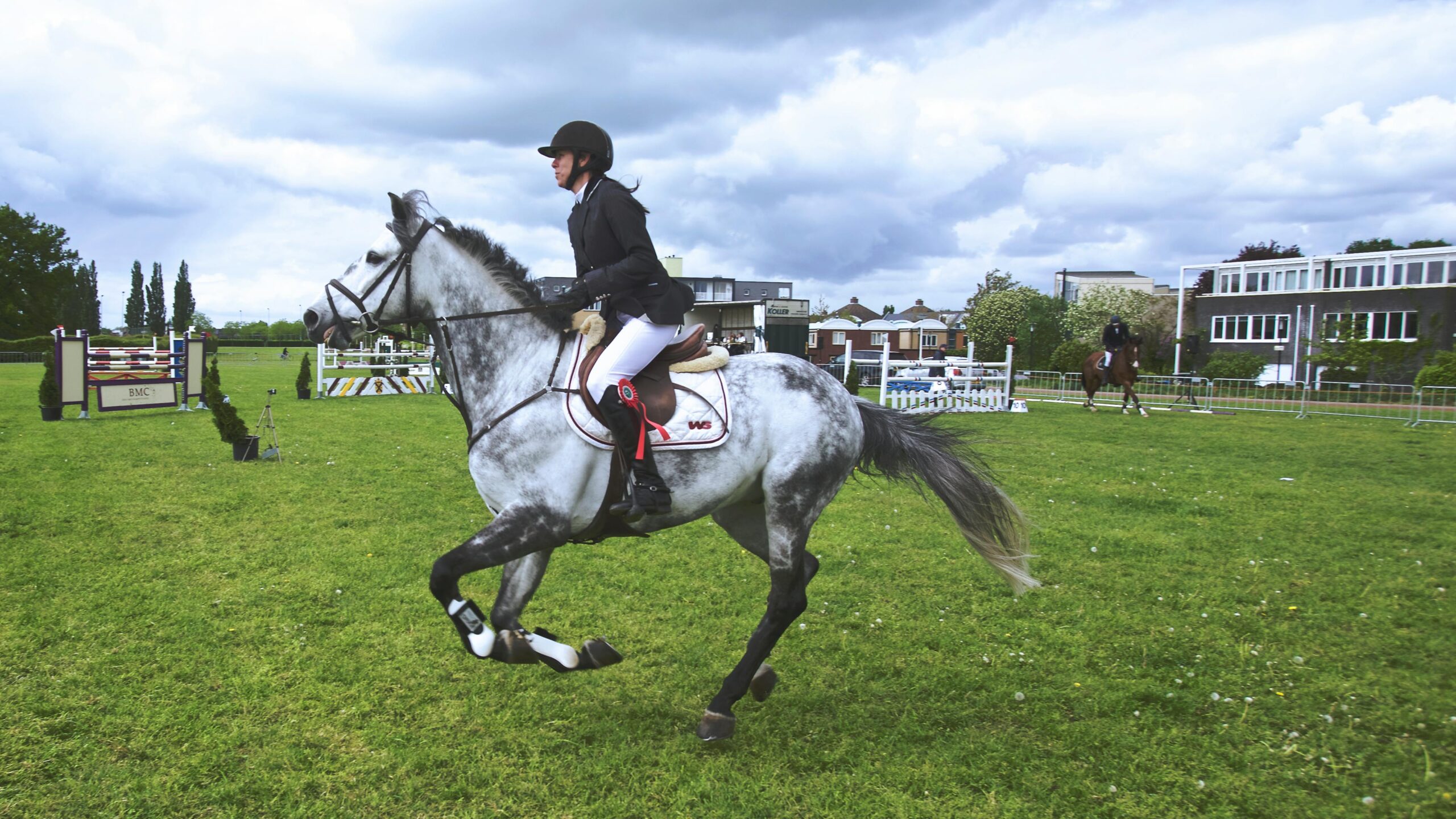

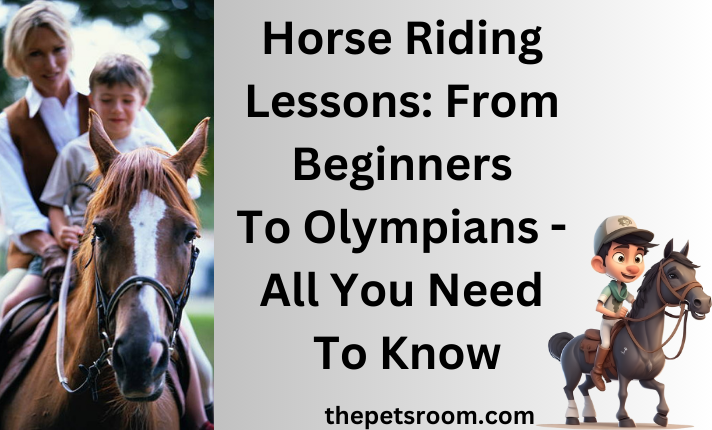
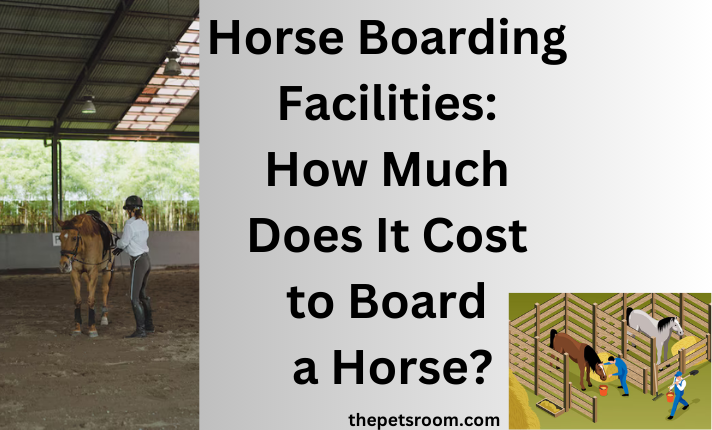

startup talky Pretty! This has been a really wonderful post. Many thanks for providing these details.